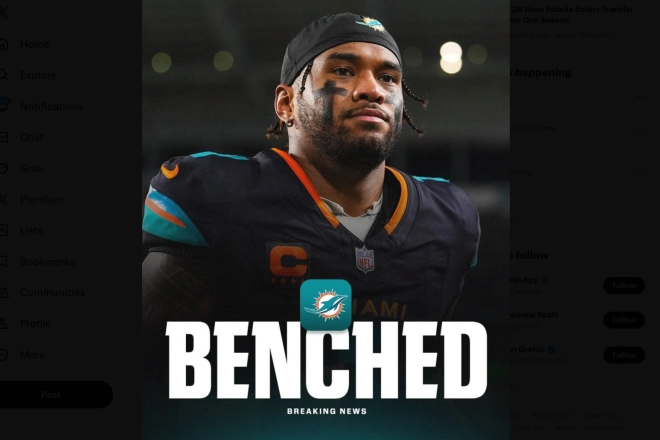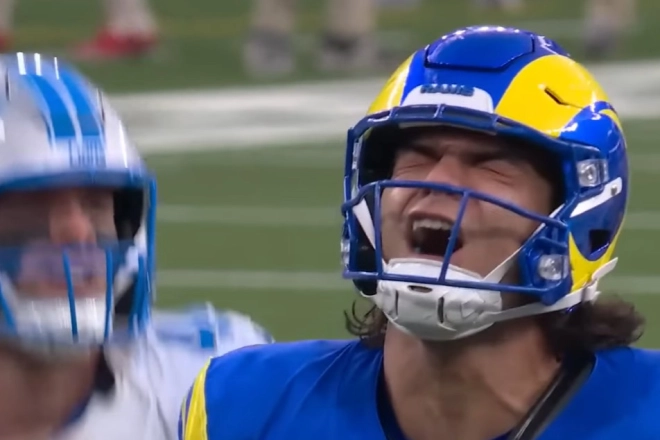Get the most in-depth Dynasty/Fantasy and football scouting content on the planet.
to access the rest of this premium article.
Checkout our FREE Premium Articles
- RC's Daily Notes 2025: For the Week of 12/8-12/14 (The Week That Was...)
- NFL Draft 2023 Scouting Report: WR Michael Wilson, Stanford (REPRINT from 2023/FREEVIEW)
- 2025 Preseason Wk 3 Game Report: Bears 29, Chiefs 27
- Post-NFL Draft Podcast Appearance with RC and The Podfather
- 2024-25 Game Report/Fantasy Scouting (Super Bowl): Eagles 40, Chiefs 22






